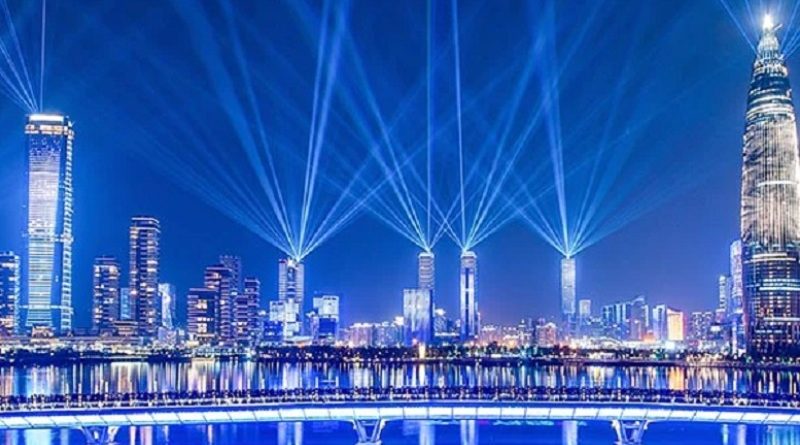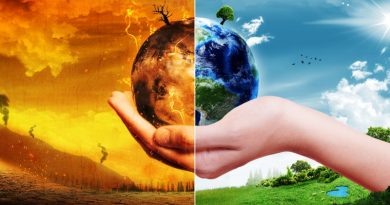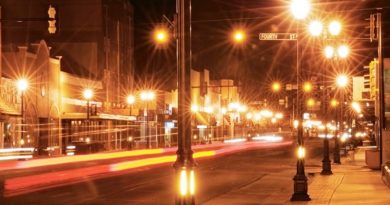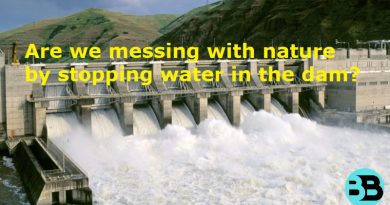What is the effect of blue light in outdoor lighting on light pollution?
Blue light is a component of outdoor lighting that can contribute to light pollution. Blue light has a shorter wavelength than other colors of light, which means it scatters more easily in the atmosphere. This scattering can result in a hazy or “washed out” appearance in the night sky, making it difficult to see stars and other celestial objects.
The effect of blue light on light pollution has been the subject of much research and debate in recent years. Many studies have shown that blue light can have a significant impact on nocturnal wildlife, including birds, insects, and sea turtles. These animals use the natural cycles of light and dark to navigate, feed, and reproduce, and artificial blue light can disrupt these processes, causing confusion and disorientation.
In particular, sea turtles are known to be highly sensitive to blue light, which can cause them to become disoriented and lose their way as they try to find the ocean after hatching on the beach. This can lead to high mortality rates for sea turtle hatchlings and can have a significant impact on the population of these endangered animals.
In addition to its effects on wildlife, blue light in outdoor lighting can also contribute to energy waste and increased carbon emissions. Blue light is often used in streetlights and other outdoor lighting fixtures because it is perceived as brighter and more efficient than other colors of light. However, this perception is misleading, as blue light is not actually more efficient than other colors of light in terms of energy use.
Furthermore, the overuse of blue light in outdoor lighting can contribute to the phenomenon known as “skyglow,” which is the brightening of the night sky over urban areas due to the scattering of light in the atmosphere. This can be seen from great distances and can have a significant impact on the natural beauty of the night sky.
To address these issues, many cities and municipalities are now implementing more intelligent lighting systems that use warmer colors of light, such as amber or orange, which are less disruptive to nocturnal wildlife and have a lower impact on light pollution. Additionally, many outdoor lighting fixtures are now being designed to direct light downward, rather than allowing it to scatter in all directions, which can also help reduce the negative impacts of blue light on light pollution.
One of the most significant negative impacts of blue light in outdoor lighting is its effect on human health. Exposure to blue light at night can disrupt circadian rhythms, which are the natural processes that regulate sleep and wake cycles. This can lead to sleep disturbances, fatigue, and other related health problems, including an increased risk of depression, obesity, and diabetes.
Blue light exposure has become a particular concern in recent years due to the widespread use of electronic devices, such as smartphones and tablets, which emit high levels of blue light. This has led to the development of a range of new technologies, including blue light blocking glasses, which are designed to filter out blue light and reduce its negative impact on human health.
In addition to its effects on human health, blue light in outdoor lighting can also have a significant impact on the quality of life in urban and suburban areas. The overuse of blue light in streetlights and other outdoor lighting fixtures can create a harsh and uninviting environment, which can deter people from spending time outside at night.
To address these issues, many cities and municipalities are now implementing more intelligent lighting systems that use warmer colors of light, such as amber or orange, which are less disruptive to human health and have a more natural and inviting appearance. Additionally, many outdoor lighting fixtures are now being designed to direct light downward, rather than allowing it to scatter in all directions, which can help to reduce the negative impacts of blue light on human health and the environment.
Overall, the effect of blue light in outdoor lighting on light pollution is a complex issue that requires a multifaceted approach to address. While there is still much work to be done to reduce the negative impacts of blue light and other forms of light pollution, there is also significant progress being made in this area, driven by the efforts of individuals, communities, and organizations around the world. By working together to find solutions that balance the need for safe and effective outdoor lighting with the need to protect the environment and promote human health, we can create a more sustainable and livable world for ourselves and future generations.
In conclusion, the effect of blue light in outdoor lighting on light pollution is complex and multifaceted, impacting everything from wildlife and energy consumption to aesthetics and the natural beauty of the night sky. While there is still much work to be done to address these issues, there is also significant progress being made in this area, driven by the efforts of individuals, communities, and organizations around the world. Ultimately, it is up to all of us to work together to find solutions that will help reduce the negative impacts of blue light and other forms of light pollution on the environment and protect the natural beauty of our planet for future generations.





